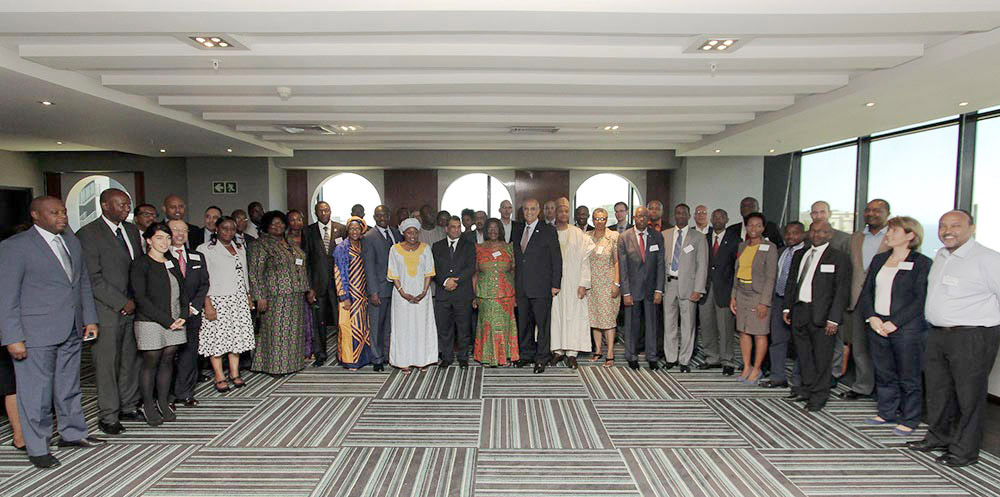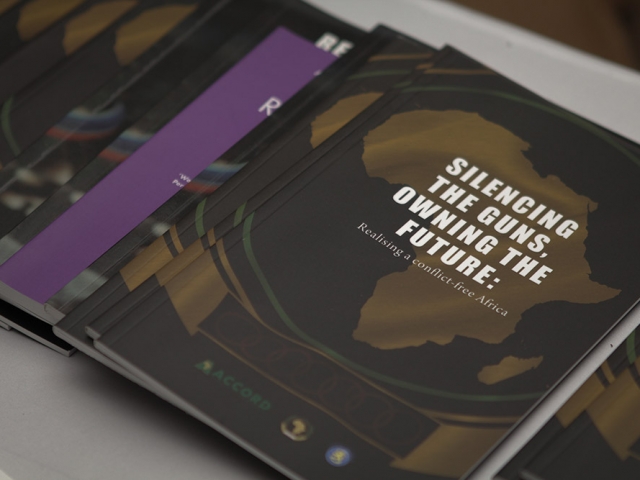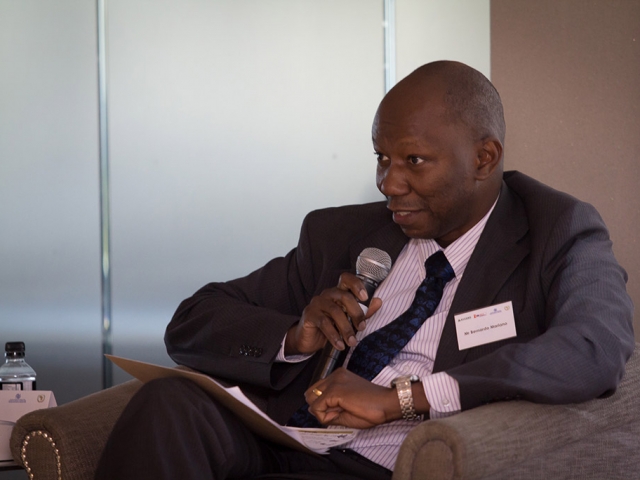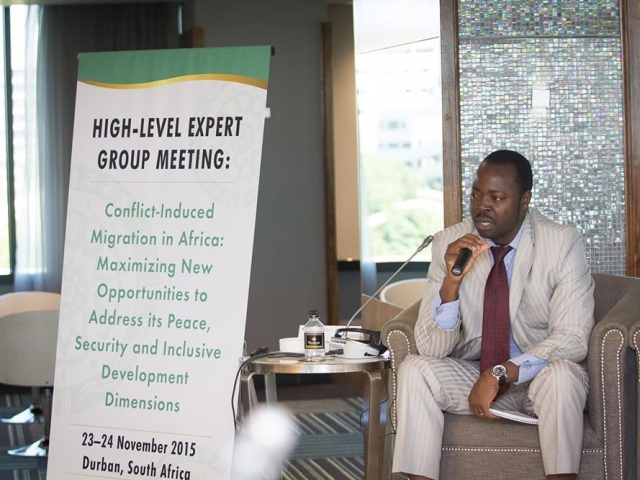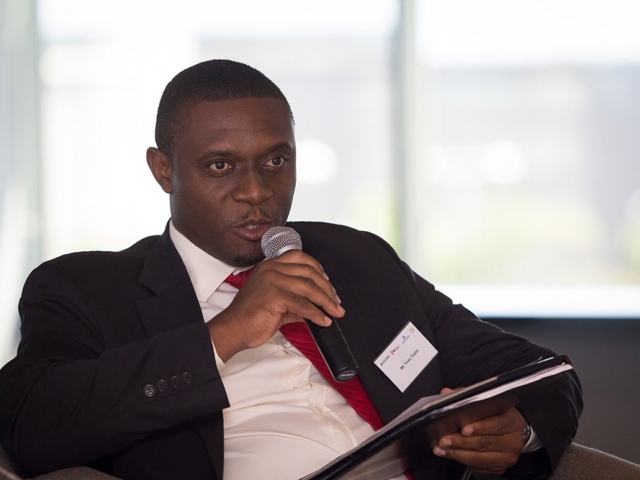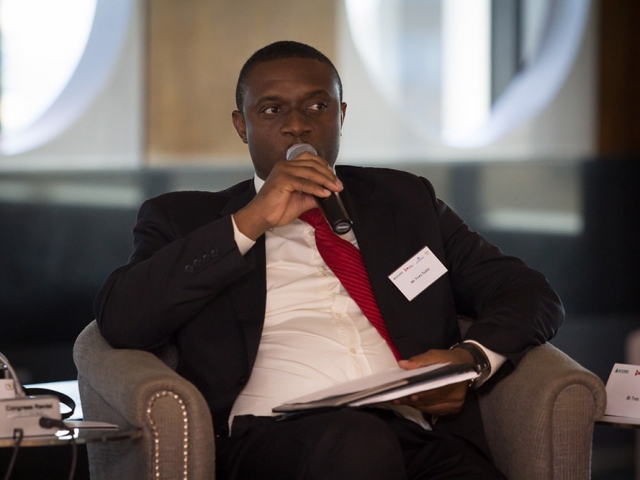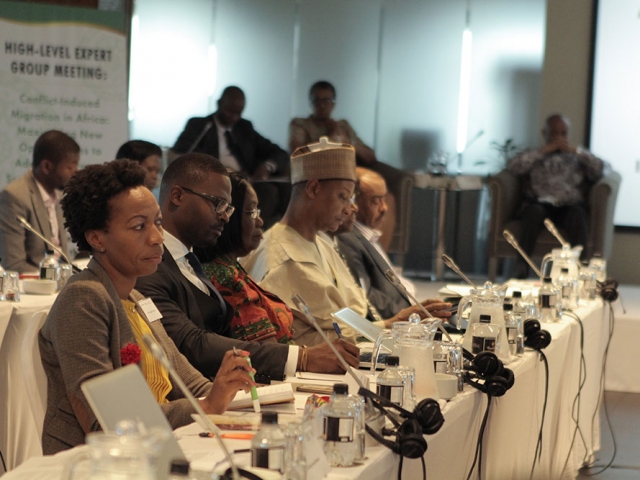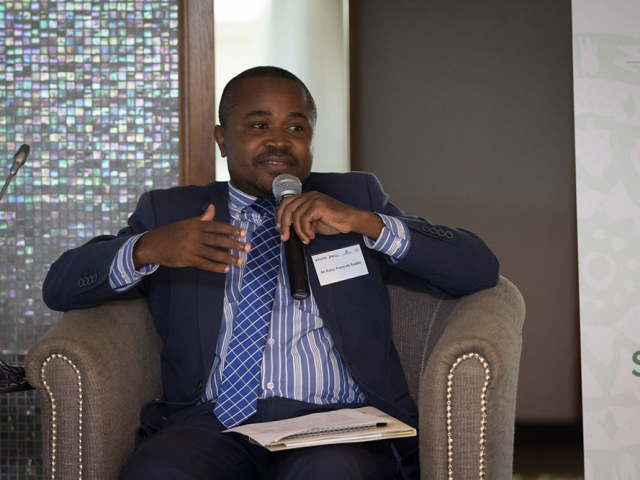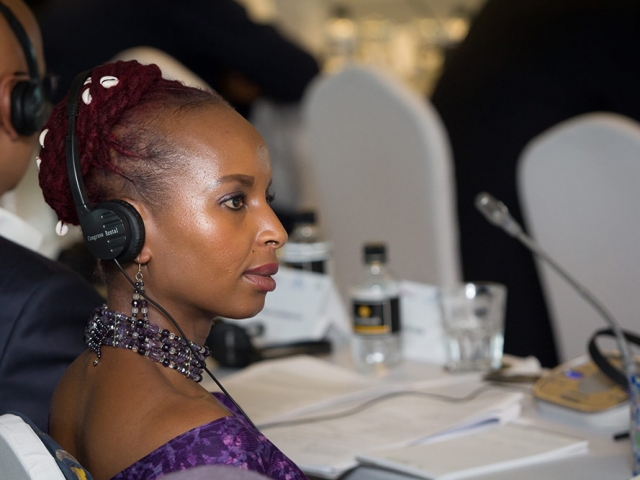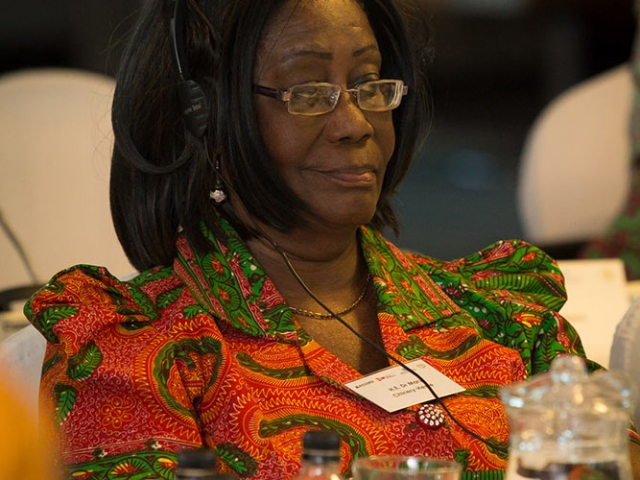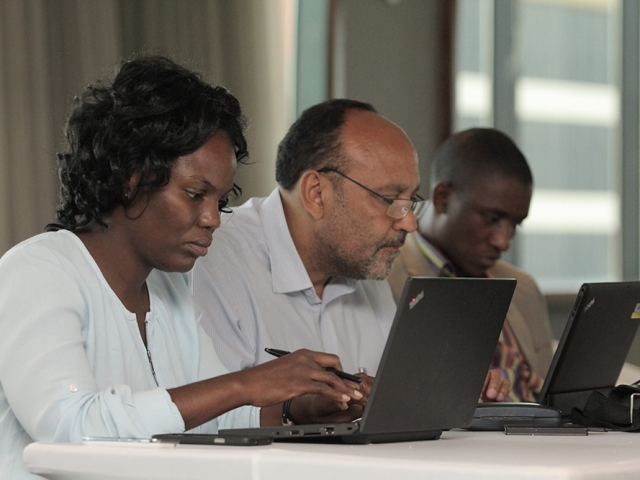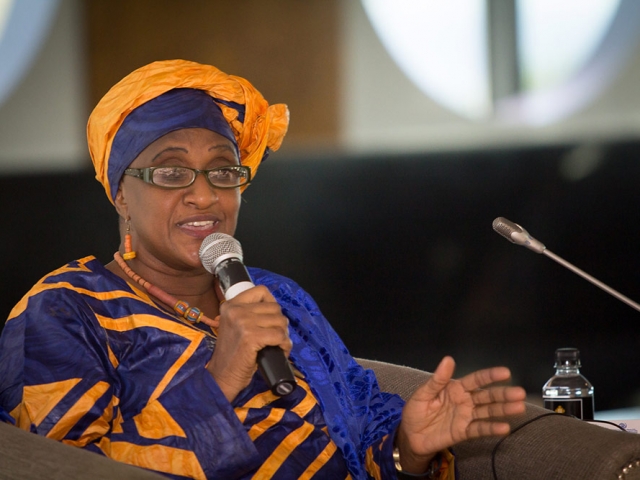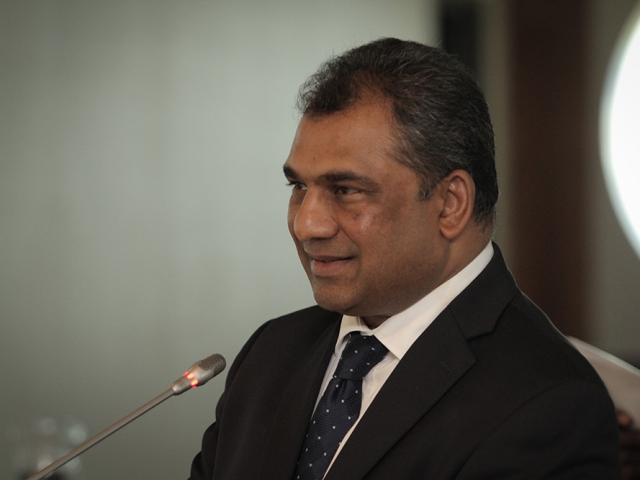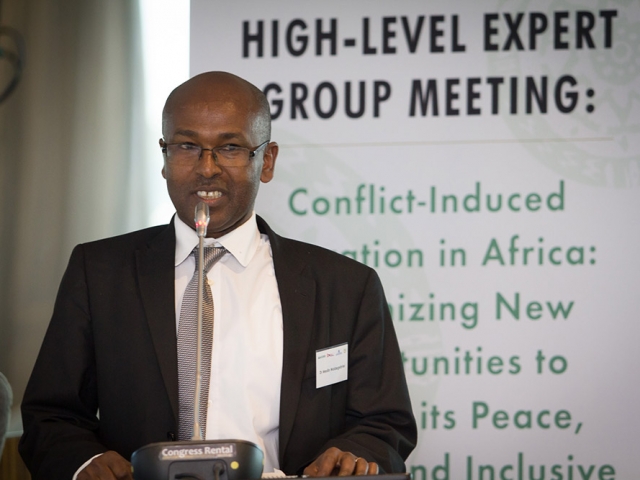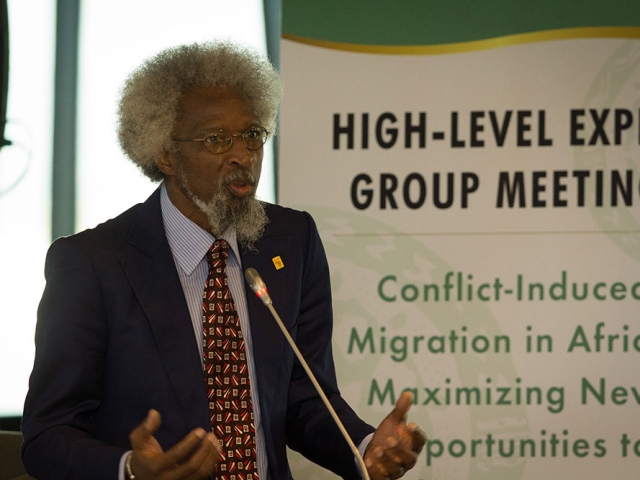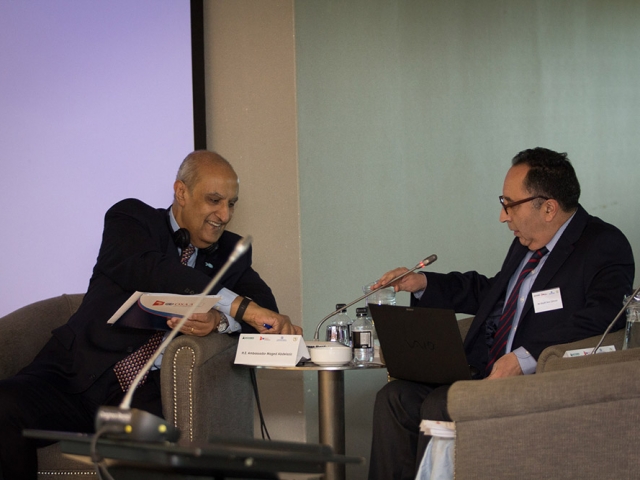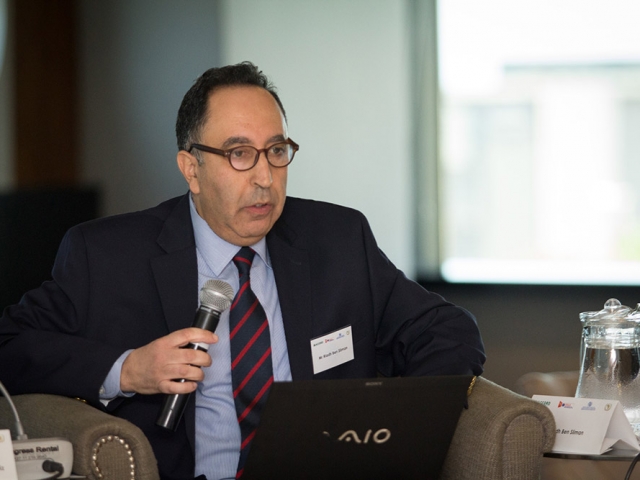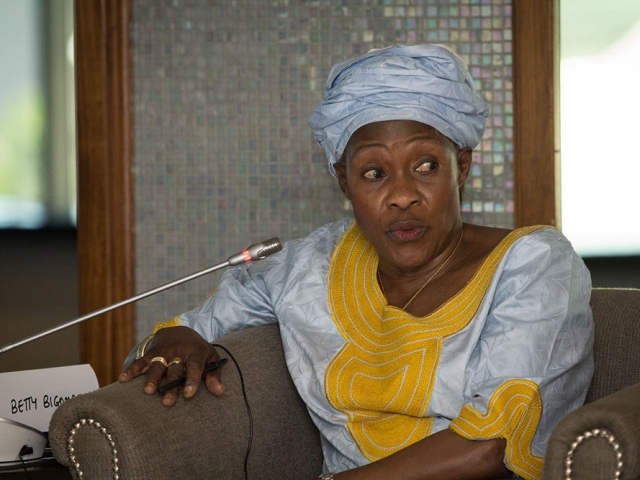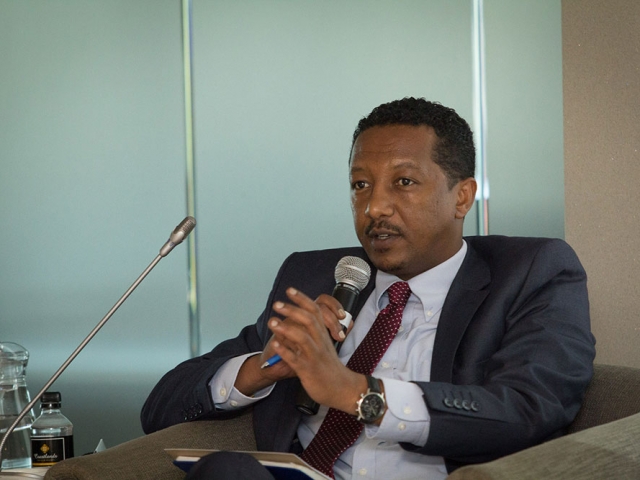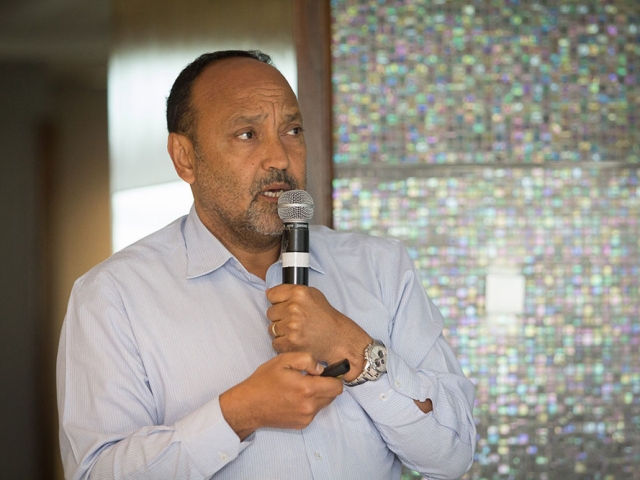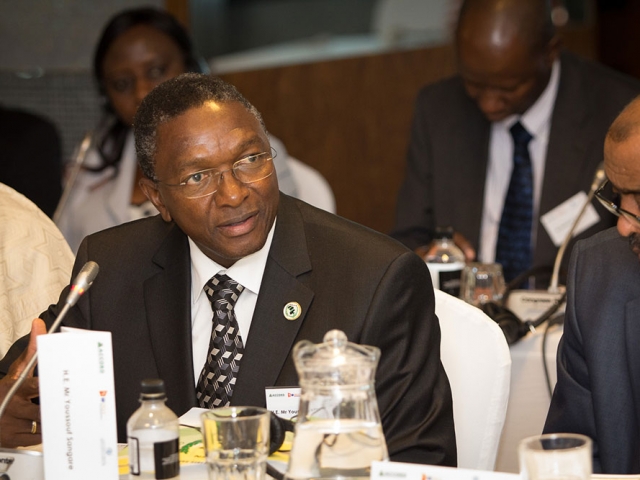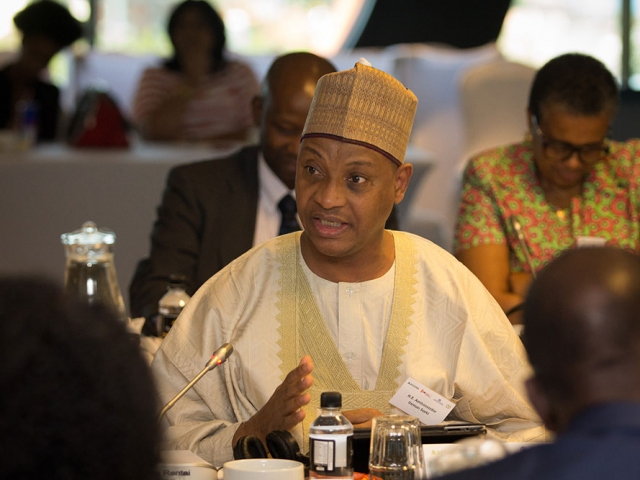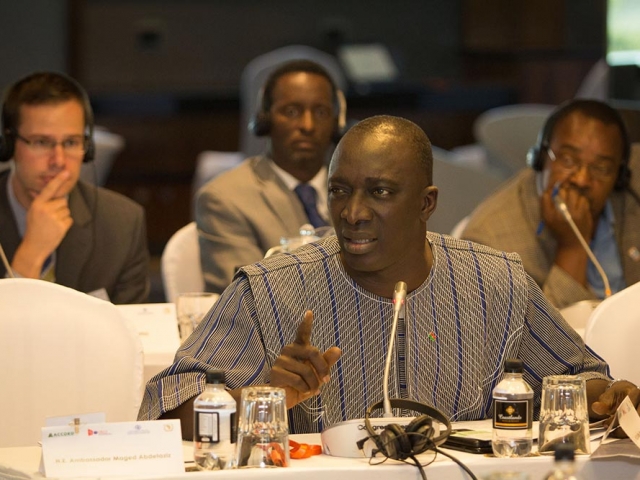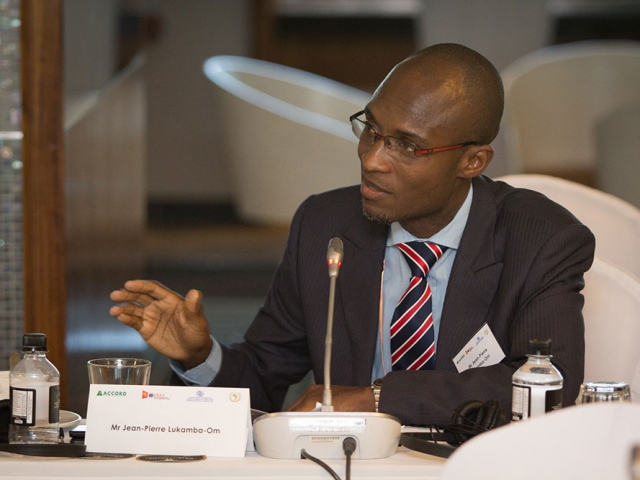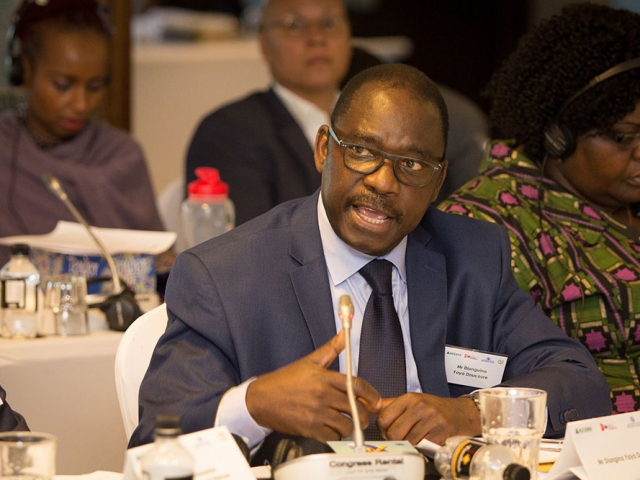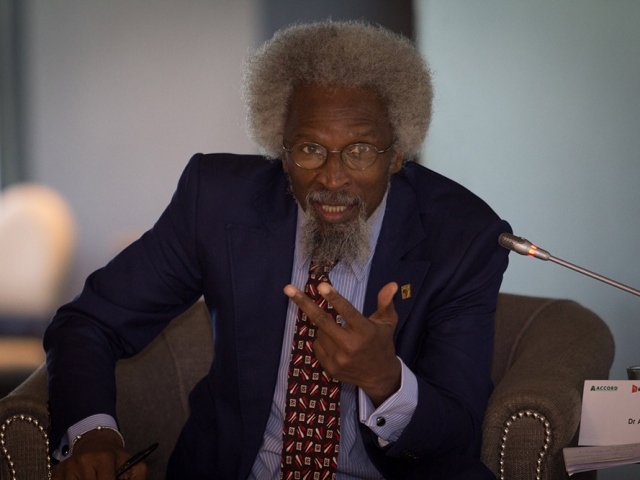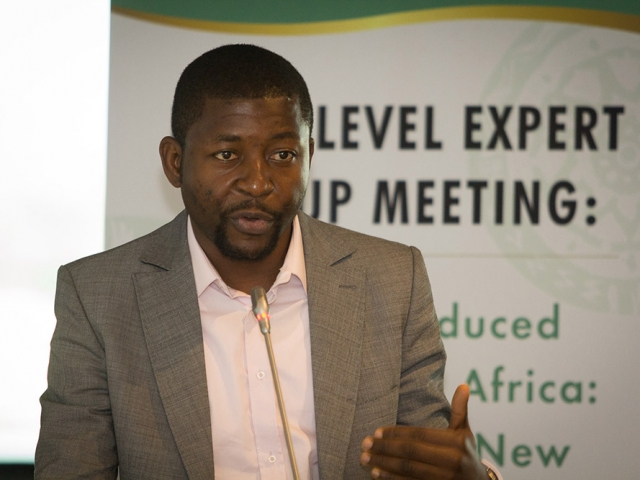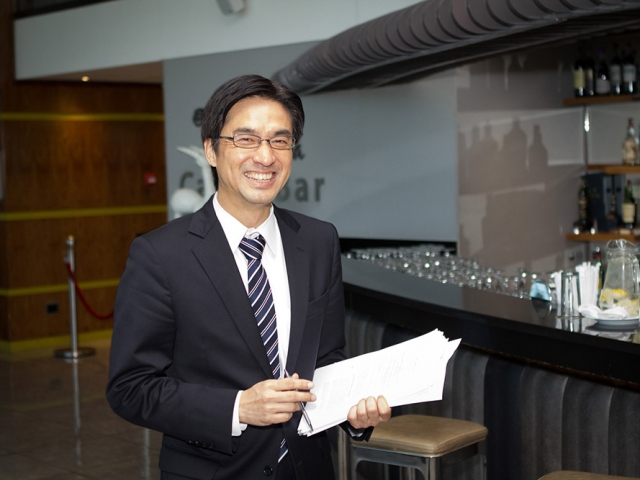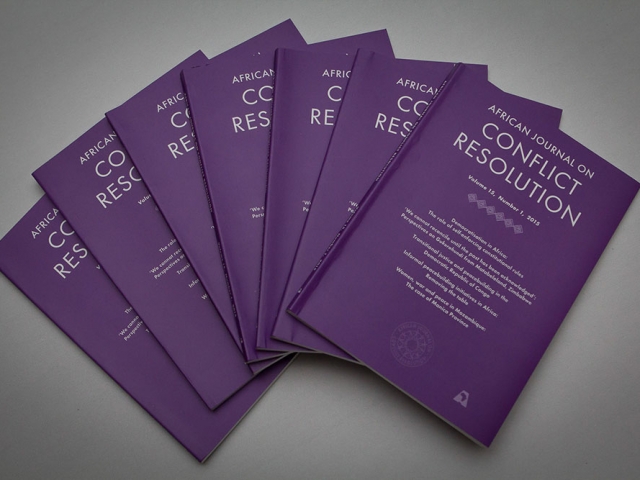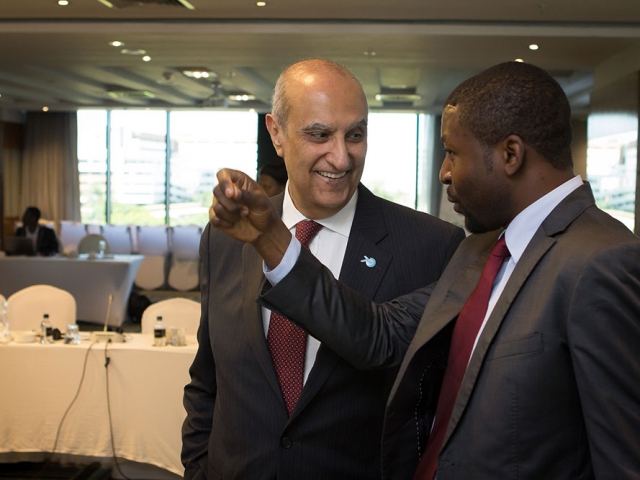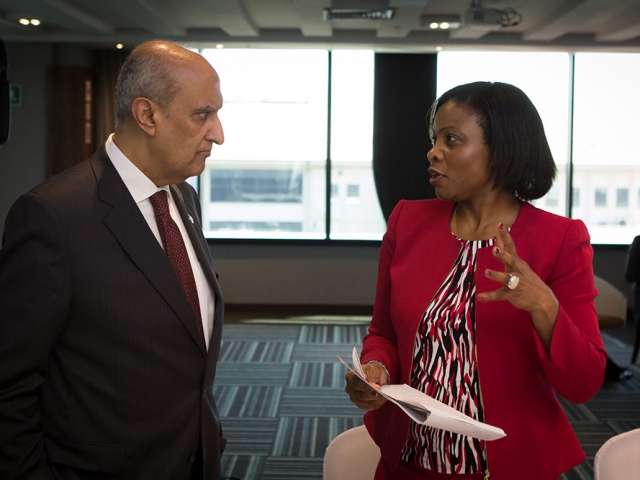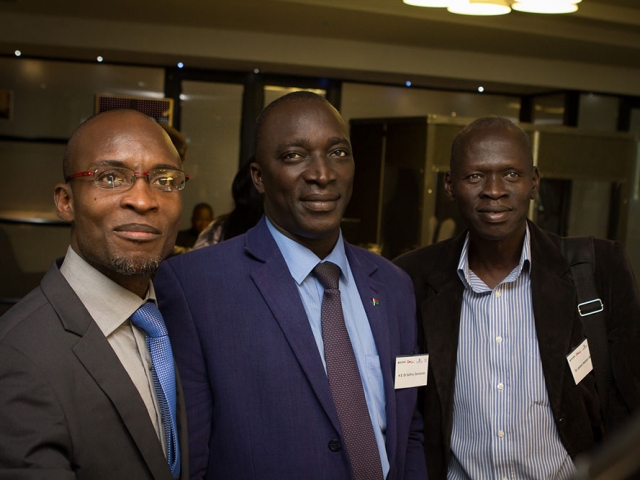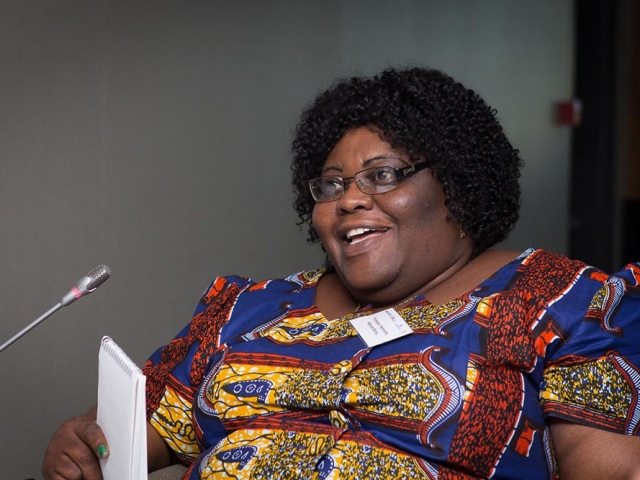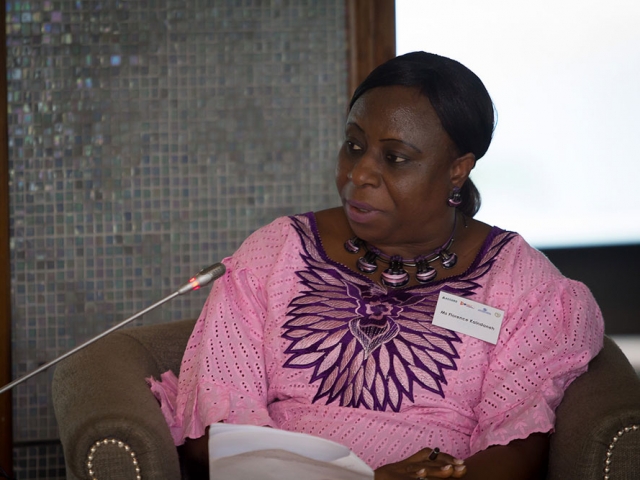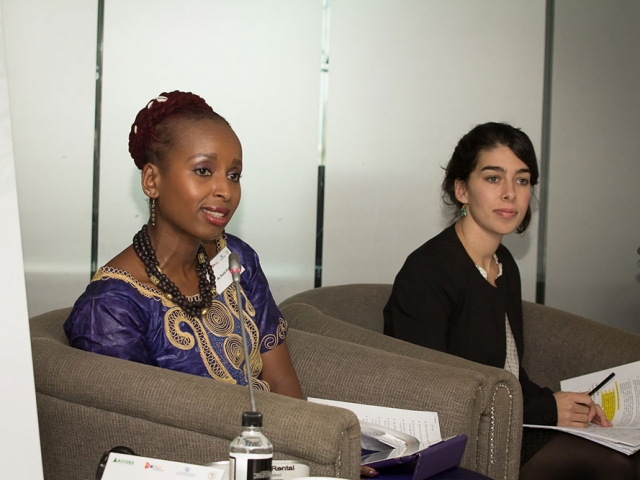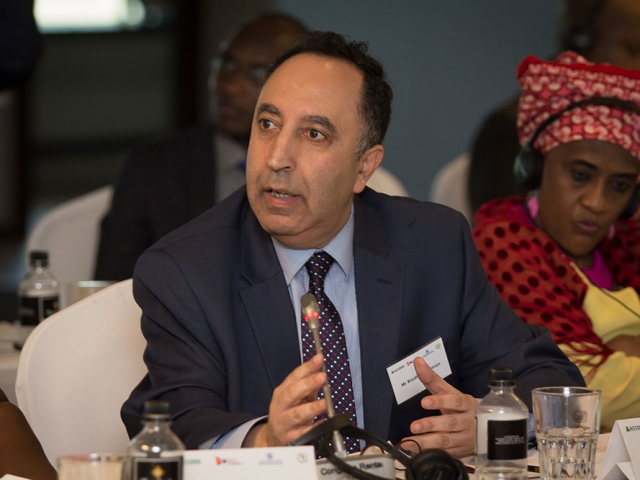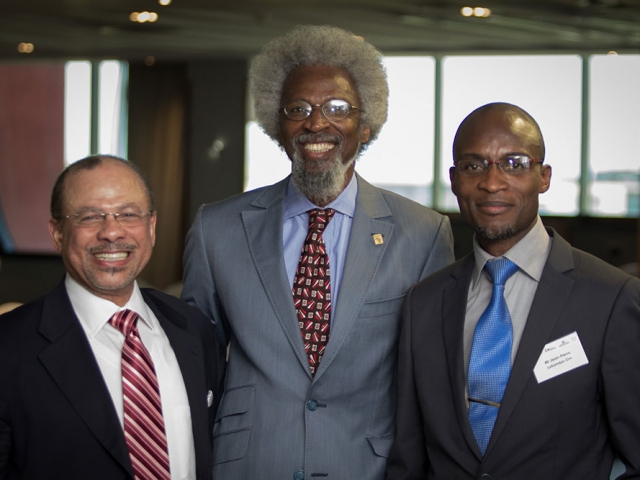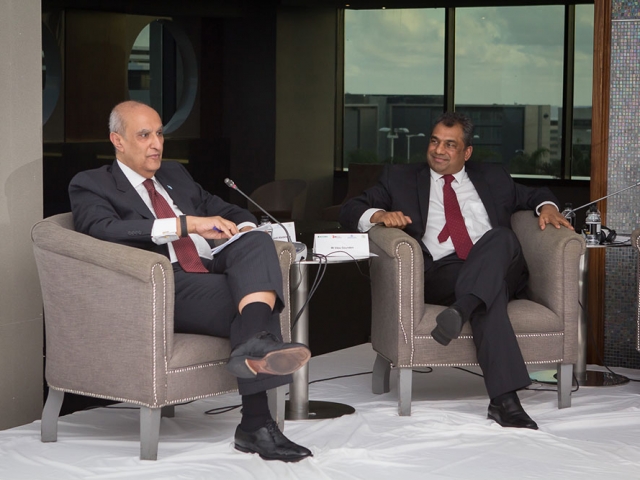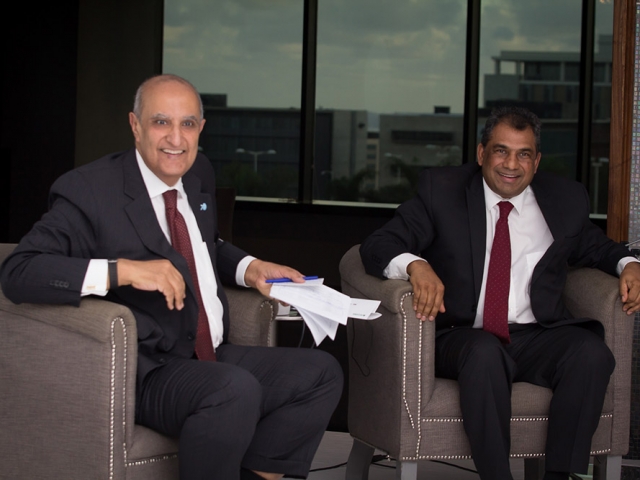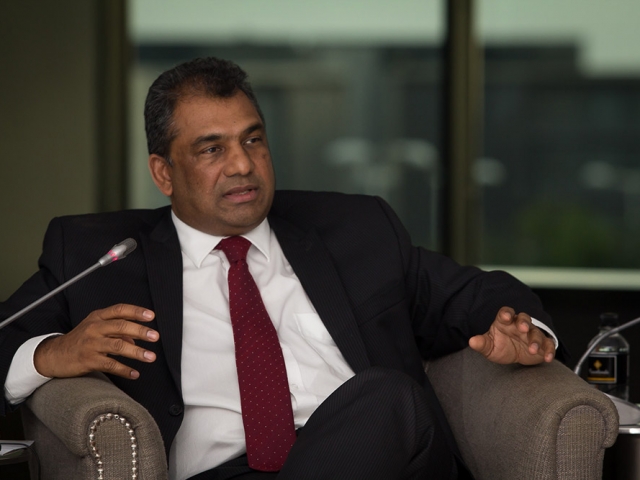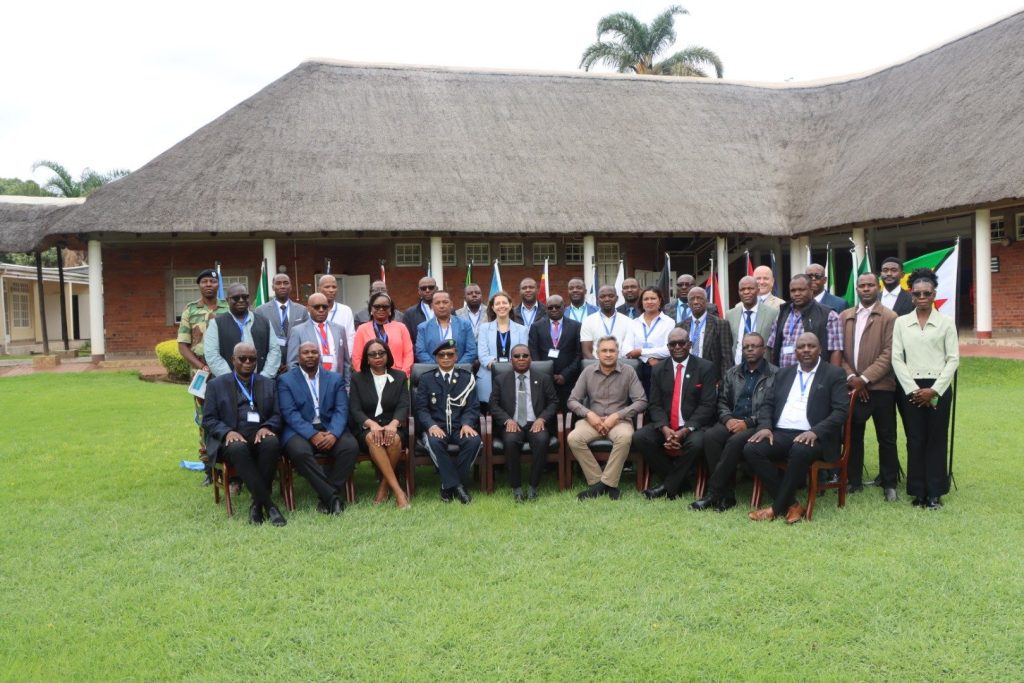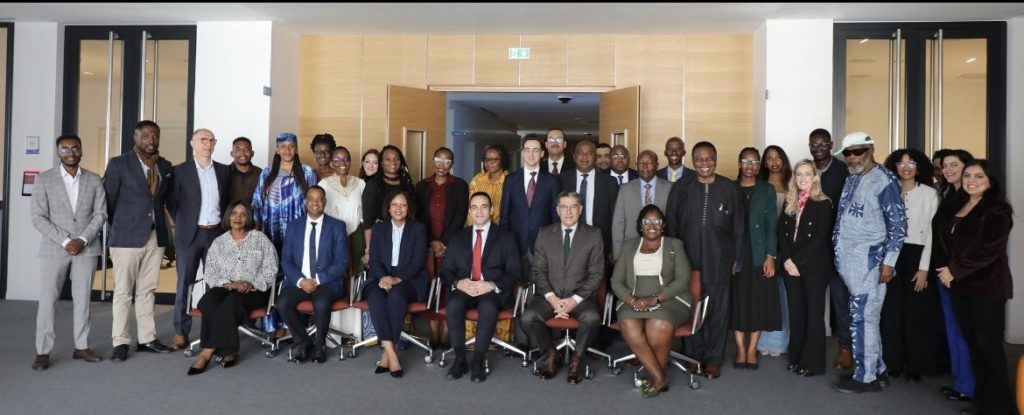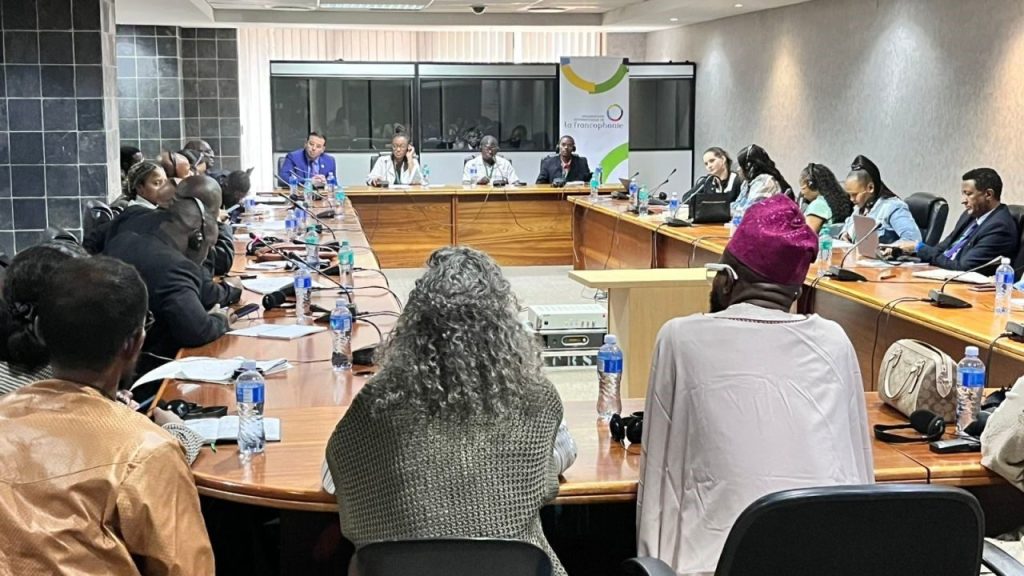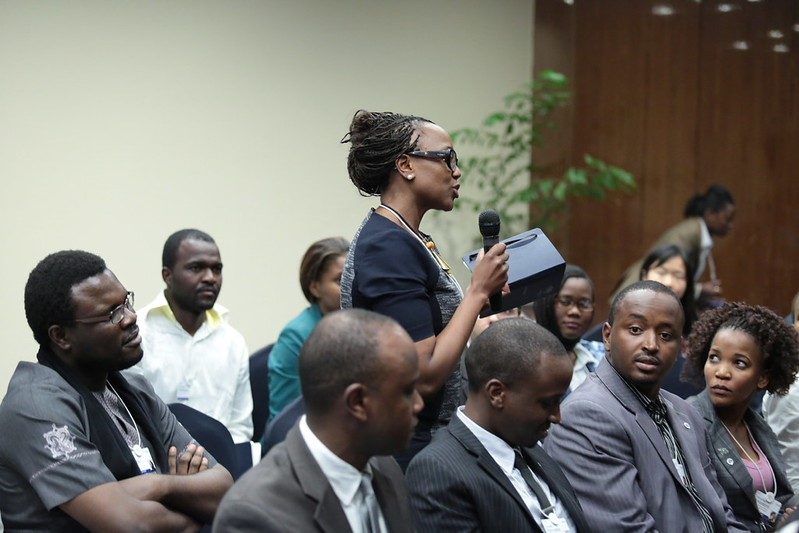Violent conflicts and insecurity remain one of the major drivers of forced migration in Africa. Across the continent, from Central African Republic, the Democratic Republic of Congo, Libya, Mali, Nigeria, Somalia, South Sudan to Sudan, violent conflicts and insecurity have resulted in forced migration, both within and across borders, with dire consequences for effected populations. The causes and consequences of forced migration are multifaceted and have political; peace and security; economic; social; and environmental dimensions with implications for sustainable development in Africa.
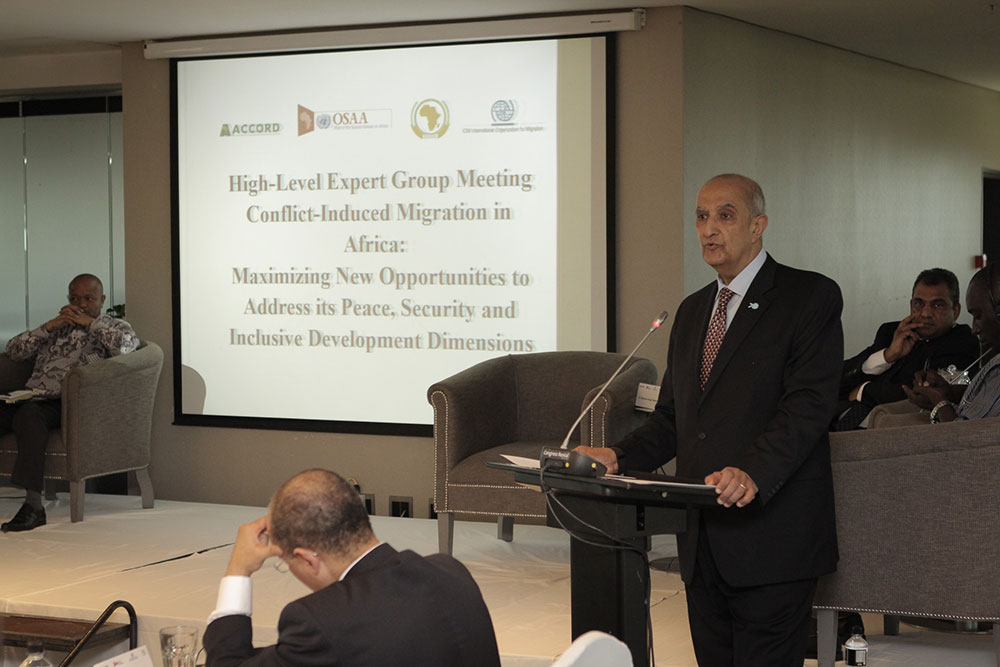
The United Nations Special Advisor on Africa and ACCORD, in partnership with the African Union and the International Organisation for Migration, hosted a High-Level Experts Meeting to Examine Conflict-Induced Migration in Africa, on 23-24 November 2015, with a focus on Conflict-Induced Migration in Africa: Maximizing New Opportunities to Address its Peace, Security and Inclusive Development Dimensions. This meeting brought to Durban, South Africa close to 50 delegates from 28 nationalities, comprising senior officials from key African Union Commission; Regional Economic Communities/Regional Mechanisms; as well as senior officials from the United Nations system; Development Agencies; and leading think tanks, subject matter specialists, academics and civil society organisations working in the area of African peace and security, particularly on issues relating to conflict and migration; the Sustainable Development Goals (SDGs), and the Agenda 2063. These multiple stakeholders reflected on deep triggers and consequences of forced migration, the security dimension of migration, implications for African peace and security; and opportunities that the reviews of the United Nations’ (a) Peacebuilding Architecture; (b) Peace Operations (c) Resolution 1325, (d) the SDGs and (e) Agenda 2063 offer for conflict prevention and the reversal of the tragedies associated with migrations.
The meeting commenced with remarks by Mr. Maged Abdelaziz, Under-Secretary-General and Special Adviser on Africa (OSAA), with welcoming remarks by the Honourable Senzo Mchunu, Premier of Kwazulu-Natal. ACCORD’s Founder & Executive Director, Vasu Gounden, chaired this Opening Session.
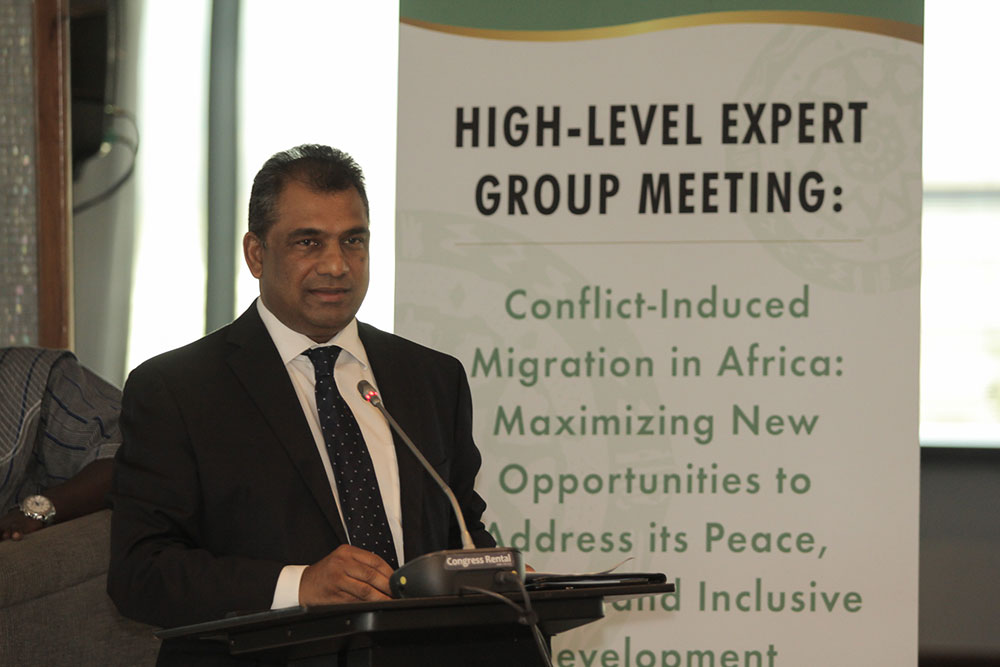
The delegates discussed new and persisting causes and patterns of conflict-induced migration in Africa and highlighted the consequences and impact of forced migration for peace, security and inclusive development in Africa. The panels considered the activities and work of key African regional and sub-regional organisations and mechanisms in the area of peace, security and migration, to highlight existing and new opportunities for preventing and addressing situations of forced migration, including in during the implementation of the 2030 Agenda for Sustainable Development and Agenda 2063’s First 10-Year Implementation Plan.
They further shared experiences, good practices and lessons learned in preventing and managing conflict-induced or forced migration, through peace and security cooperation and partnerships.
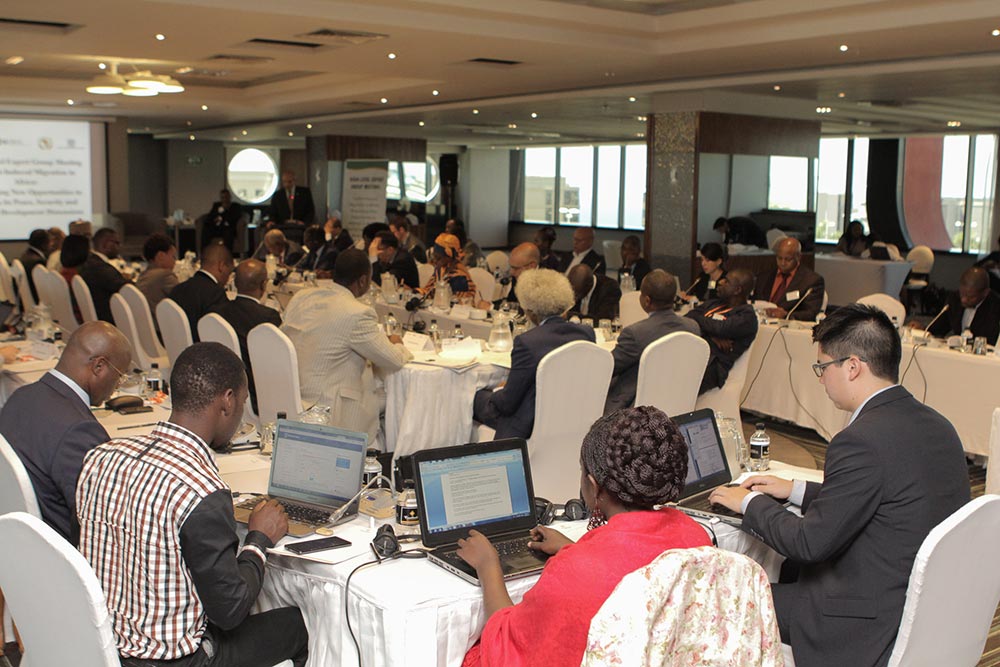
A summary of the meeting’s proceedings will be inputted to the 2016 Report of the Secretary-General on the Causes of Conflict and the Promotion of Durable Peace and Sustainable Development in Africa.
For more information on this event please contact Charles Nyuykonge at charlesn@accord.org.za.
Speeches from the Event:
- Welcoming remarks by the Honourable KZN Premier Mr. Senzo Mchunu
- Statement by Mr. Maged A. Abdelaziz

